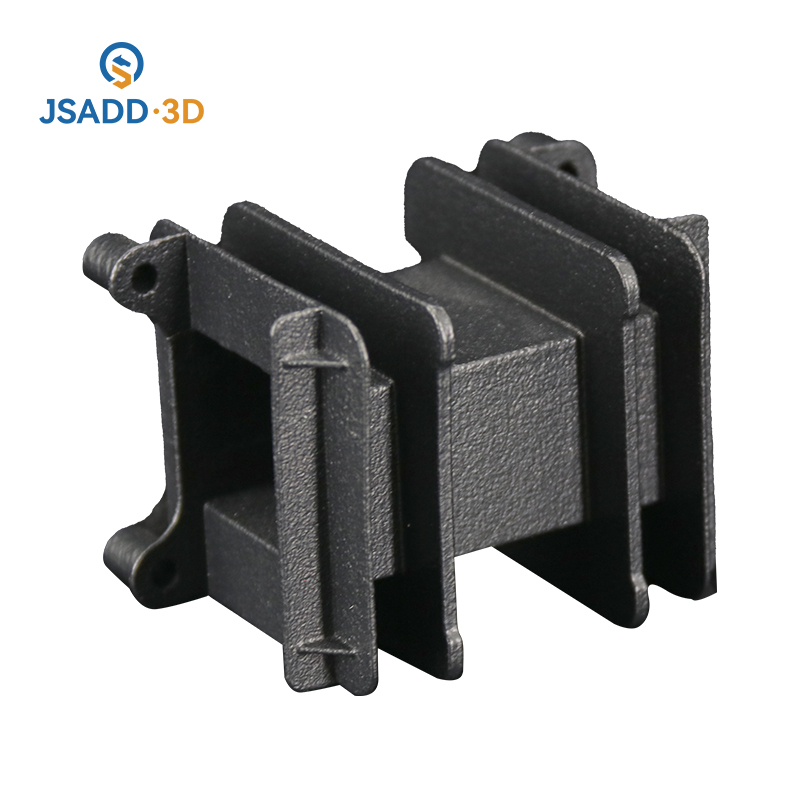3D printing technology, also known as additive manufacturing, has dramatically evolved since its inception in the early 1980s. Initially developed for rapid prototyping, it allowed engineers and designers to create physical models of their concepts quickly and cost-effectively. The first 3D printers used techniques like Stereolithography (SLA), which employs a laser to cure liquid resin into solid forms, providing high precision but at a high cost.
As technology progressed, new methods emerged, including Fused Deposition Modeling (FDM), which became popular due to its affordability and ease of use. FDM printers work by extruding melted thermoplastic filament, allowing users to create parts from materials like PLA and ABS. Over the years, advancements in material science have introduced a variety of printing materials, including nylon, metal, and even bio-materials, each expanding the potential applications of 3D printing.
Today, 3D printing is used across multiple industries, including aerospace, automotive, healthcare, and consumer goods. In aerospace, for instance, companies are utilizing 3D printing to create lightweight components that reduce fuel consumption and improve performance. In healthcare, custom prosthetics and implants tailored to individual patients are revolutionizing treatment, leading to better outcomes and faster recovery times.
Furthermore, 3D printing has enabled the rise of distributed manufacturing, where products can be made closer to their point of use, reducing shipping costs and lead times. This shift not only improves efficiency but also decreases the carbon footprint associated with traditional manufacturing and logistics.
Looking to the future, the integration of artificial intelligence and machine learning with 3D printing holds great promise. These technologies can optimize designs and automate the printing process, further enhancing efficiency and customization. As the technology continues to mature, we can expect to see even more innovative applications, reshaping manufacturing processes and redefining how products are developed and brought to market.
In summary, the evolution of 3D printing technology has been marked by rapid advancements in methods and materials, making it a crucial tool in modern manufacturing. Its ability to create complex geometries, reduce waste, and enhance customization positions it as a transformative force across various industries. As we move forward, the potential for further innovation is immense, paving the way for a more efficient and sustainable manufacturing future.







